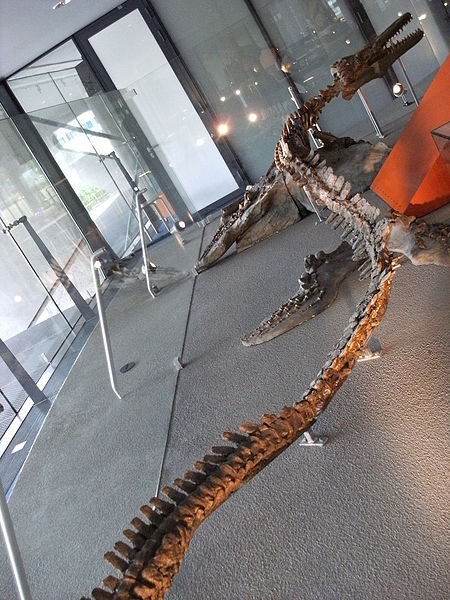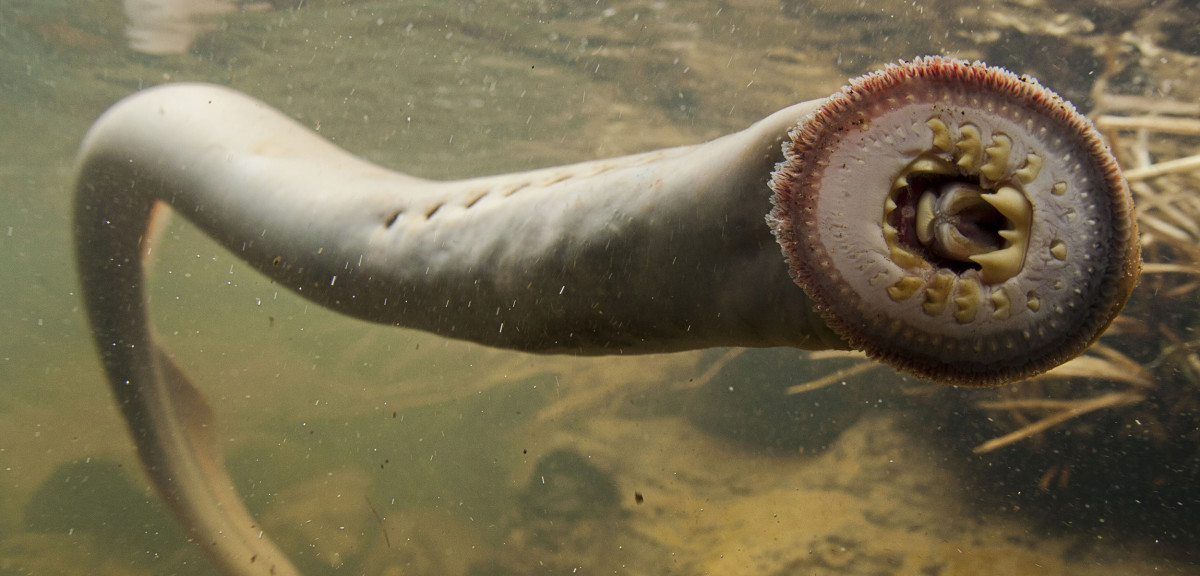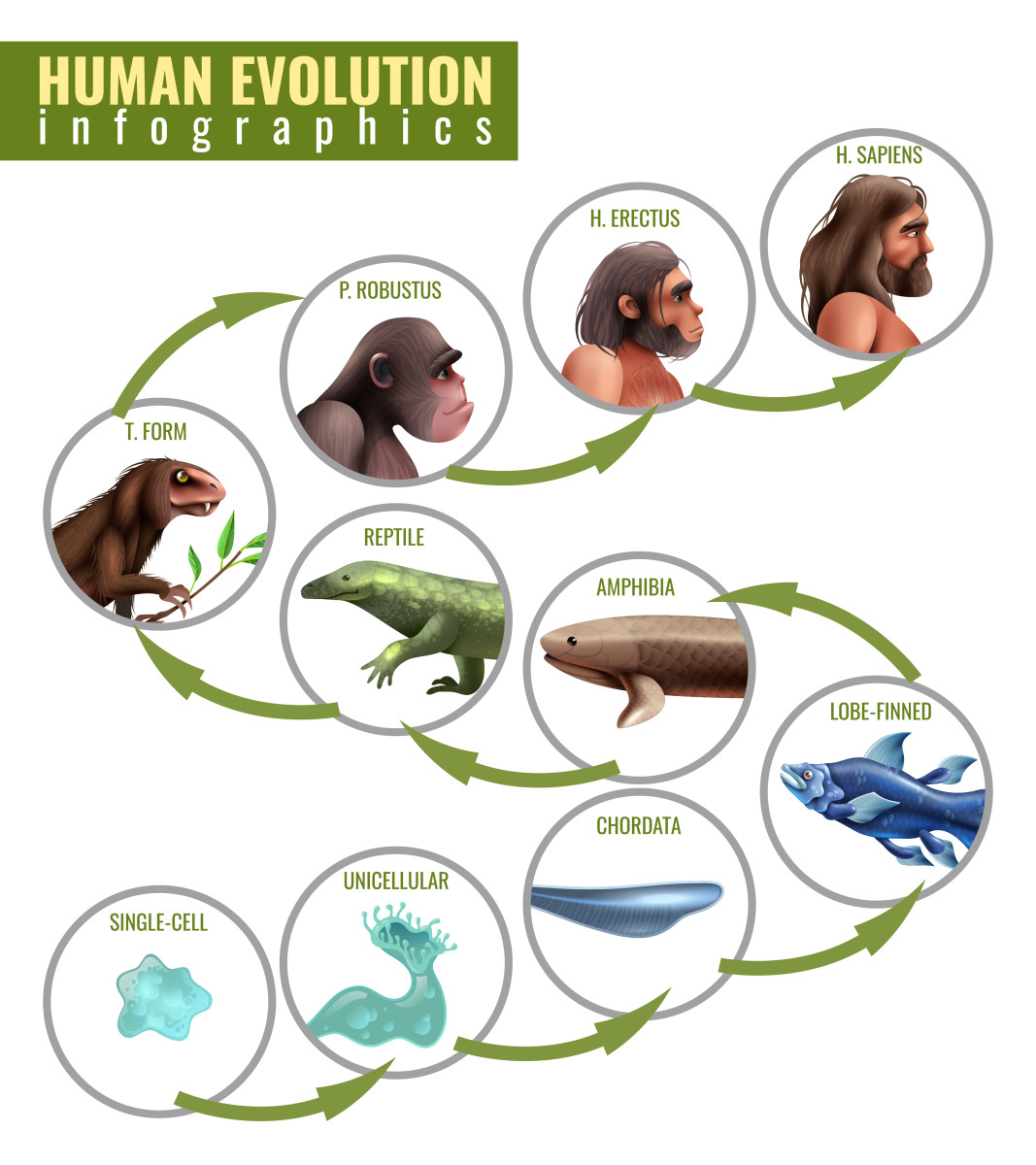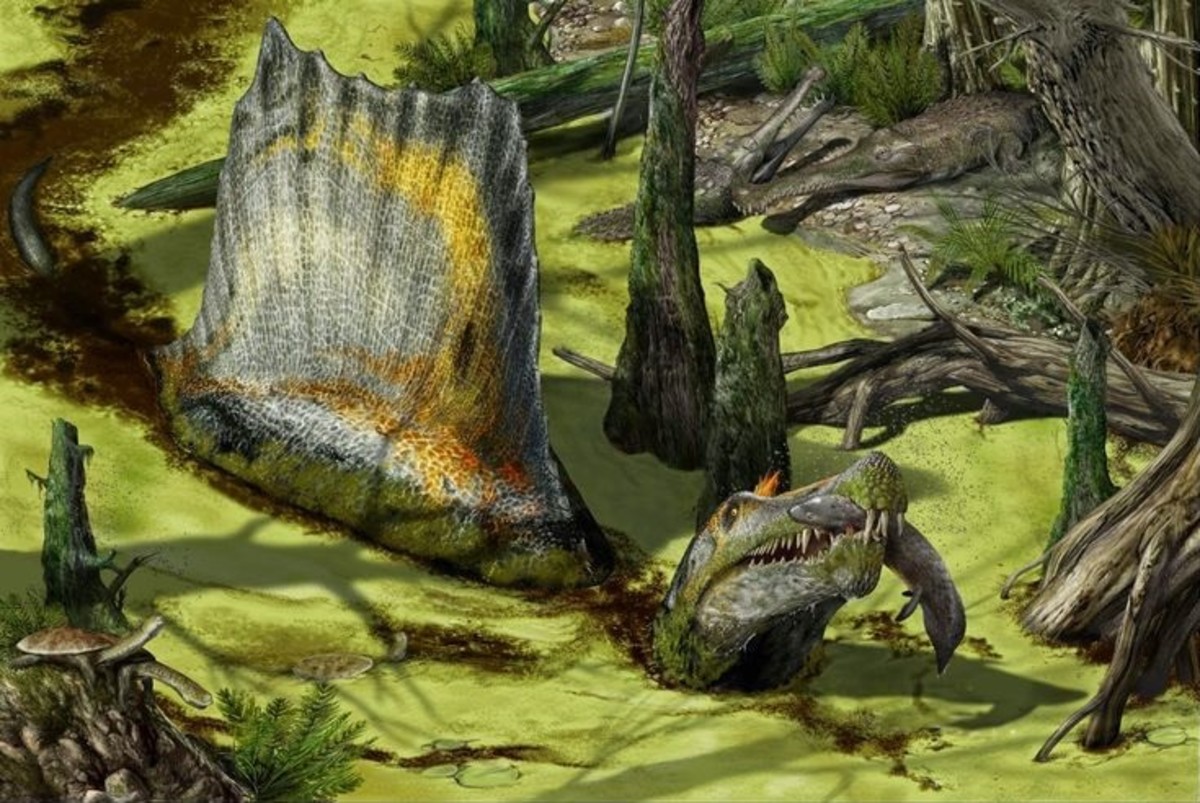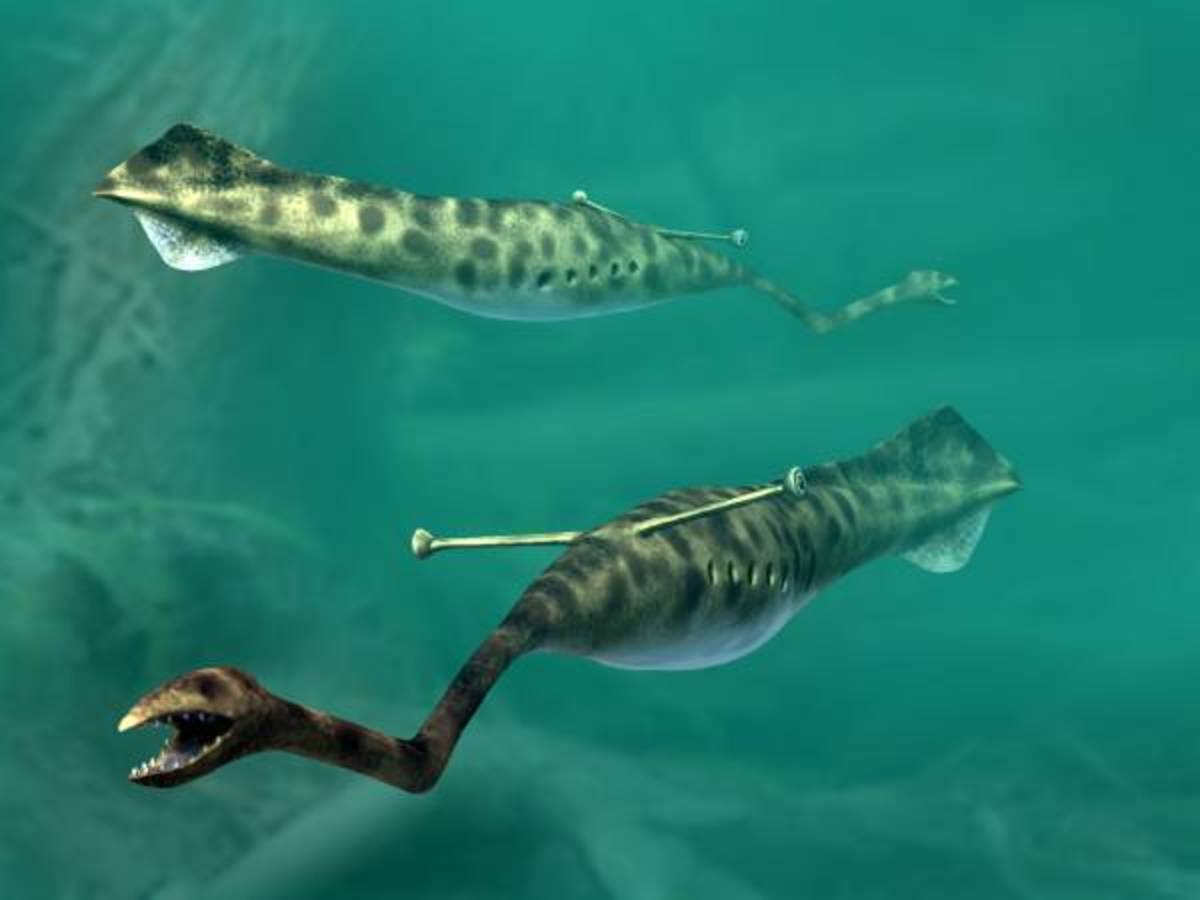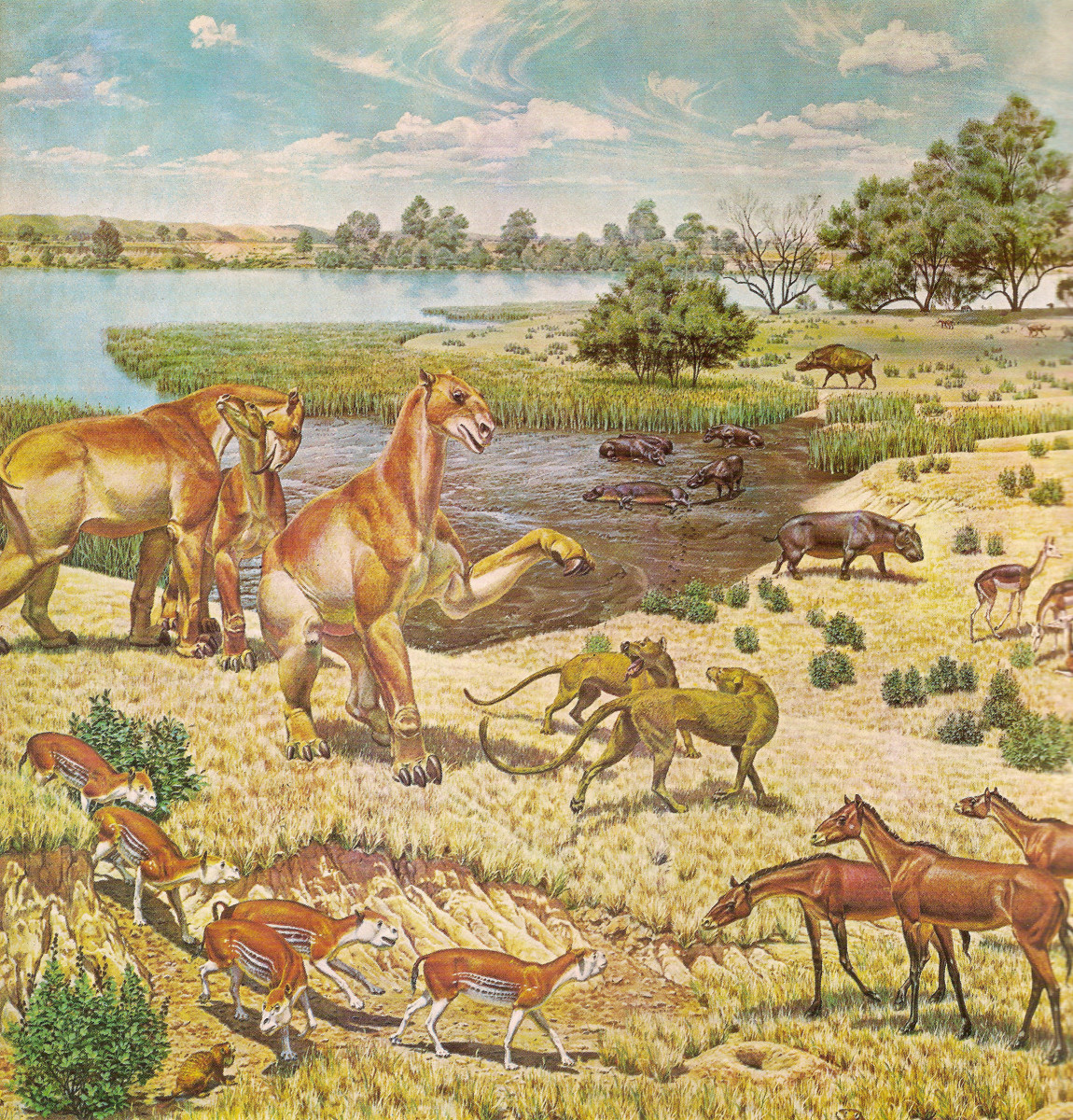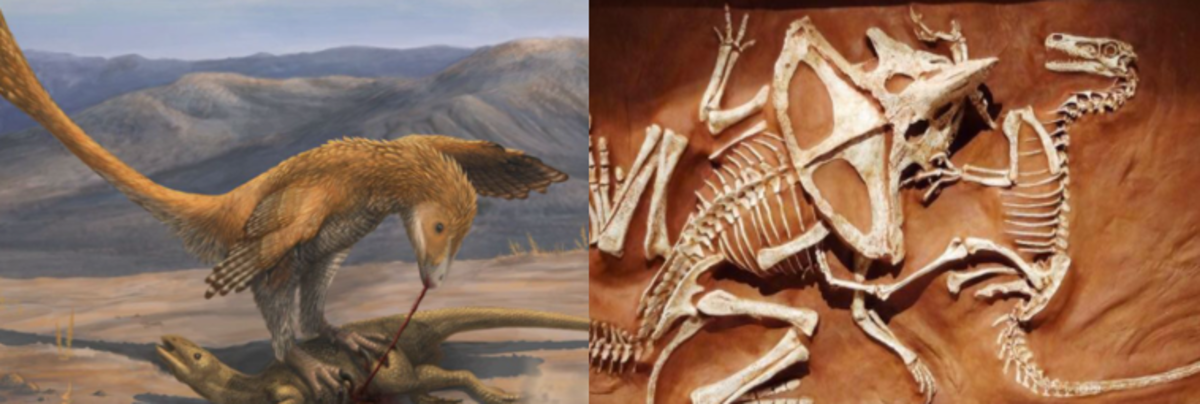- HubPages»
- Education and Science»
- Life Sciences»
- Paleontology»
- Prehistoric Life
Prehistoric Sea Animals That Roamed the World
Life in the ancient waters
There was life in the sea hundreds of millions of years before the dinosaurs first appeared. Jellyfish and starfish appeared 600 million years ago. Then millions of years later, the first fish appeared along with animals that could live both on land and in water. These such animals are known as amphibians, and todays examples would be the toads, frogs, newts and salamanders.
It is believed, according to experts, that reptiles evolved from these amphibians. The earliest reptiles was the Hylonomus which lived in the Carboniferous period over 300 million years ago, which took to life on the land. Other reptiles took to the sea. All reptiles must survive by breathing air. Sea reptiles had to come to the surface to take in air, and some probably came ashore to lay their eggs.
Hylonomus reptile which was believed to be an amphibian
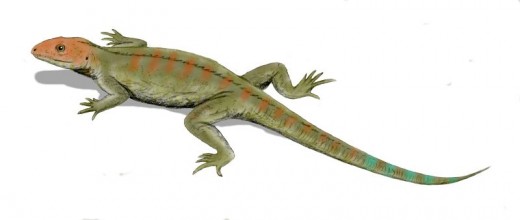
Other sea reptiles
A huge number of different underwater reptiles evolved from the first early marine reptile. They included the Placodus (meaning 'flat tooth'), which looked quite like a seal of today. This sea creature lived 215 million years in the middle of the Triassic period. Another similar one was the Ichthyosaurs which also appeared in the Triassic period 210 million years ago. This sea creature looked much like a dolphin, but they were not mammals, they were actually reptiles. Experts are aware that the Ichthyosaurs ate fish and cuttle because the remains of their last meals some of them ate have been found inside their fossils. At the same time as the first Ichthyosaur appeared, Nothosaurus was among the rulers of the waters. It was well adapted to its watery environment, and weaving through the waves and living on a diet of fish. Scientists believe that Nothosaurus were the ancestors of a group of reptiles that ruled the Jurassic seas as early as 170 million years ago. This group of families were the Plesiosaurs and the Pliosaurs.
In the Middle Cretaceous period, the Champsosaurus began to appear. This was a deadly and dangerous reptile which looked like a crocodile, and was a threat to other sea reptiles. It was around 5 feet long and weighed between 25-50 pounds.
The Skeleton Fossil of the Champsosaurus in the Royal Ontario Museum
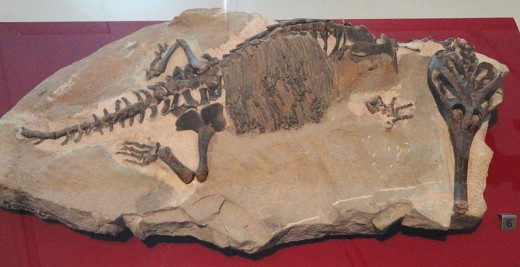
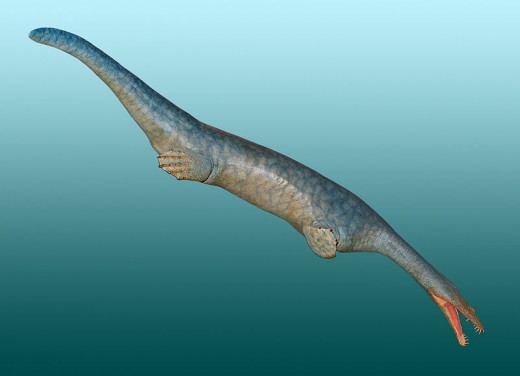
Further details of these water kings
To continue even further, a much later descendant of the early amphibians was the Mosasaurus, another aquatic creature and was a carnivore which also looked like a crocodile. The Mosasaurus appeared after the Ichthyosaurs became extinct during the Cretaceous period. This reptile swam in the prehistoric seas around a 100 million years ago. The powerful jaws it had was massive, and were as long over 1 meter and was filled with sharp teeth. The Mosasaurus used its wicked looking teeth to pierce the shell of the ammonites (Ammonoidea) on which it fed on. These were shellfish that were quite common at the time. Ammonites are the most commonly found of all the prehistoric fossils around the world. The Mosasaurus had a long, slender body that could grow to several meters long. It had a deep, flat-sided tail that it used to power itself through the water. It used its front and back paddles to steer itself through the deep water. Mosasaurus may have looked like a dangerous and wild fish, just like a shark, but it was actually a lizard.
The Long Slithering Mosasaurus
